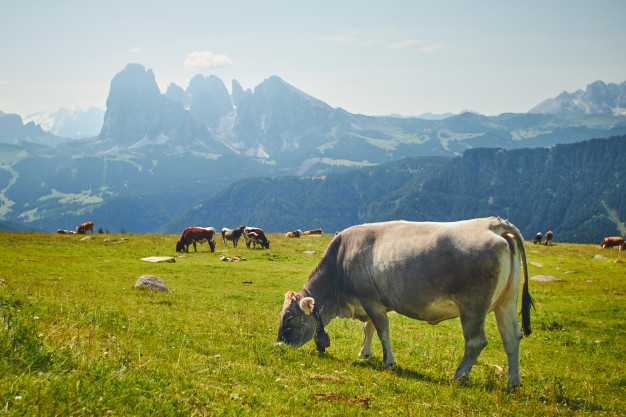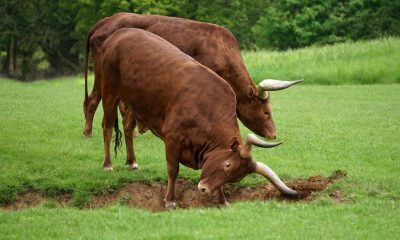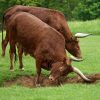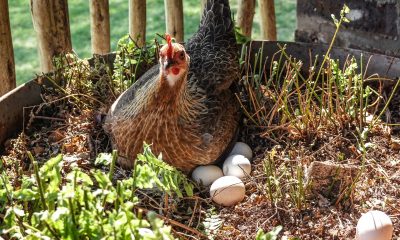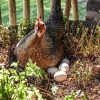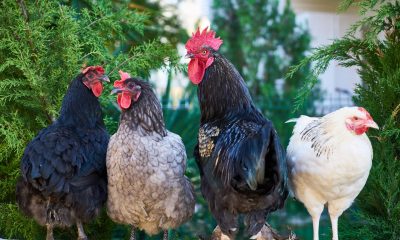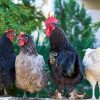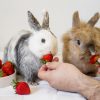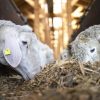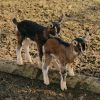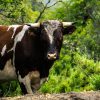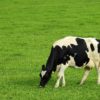Uncategorized
Coronavirus and its Impact on the Animal Feed Industry
As the global pandemic coronavirus continues to spread across the world, researchers are constantly analyzing the impact of the crisis on different sections of the market and on purchasing pattern of the consumers. Even though the demand for animal feed is almost stable, the supply has been hit badly. In some countries, the lockdown has impacted the movement of vehicles carrying livestock feed and feed ingredients.
Feed manufacturers and suppliers are trying their best to ensure feed is available for each and every animal while following all the protocols of COVID-19. Supply chain systems of the agricultural industry are focussing on keeping employees and customers safe while still providing vital goods. Problems associated with the transportation of feed are the main issues leading to shortages and delivery challenges.
Disruptions in the supply chain are causing feed manufacturers to stop producing feed and distributors to stop supplying them into the market. When we consider making an analysis of global export for the meat trade, we’ll find that there is a drastic reduction due to the emerging threats of coronavirus.Additionally, the economic crisis of 2020 and customer buying behavior also impact the sale of livestock products as well as animal feed.
The closure of restaurants around the world also affected the animal feed industry. There has been a considerable reduction in global meat consumption. Pork, lamb, beef and aquaculture, in particular, are among the worst affected. Researchers also predict a reduction in the use of soybean, corn, and wheat in livestock ration, especially in countries like Malaysia, Vietnam and Thailand.
Most of the migrant workers in Southeast Asia, working in the agricultural industry either lost their job or began returning to their native land. This caused a reduction in the workforce required for production, distribution and sale of animal feed. The closure of the live animal market in many countries also reduced the sale of livestock feed. More than 100 million agricultural households in India derive supplementary income from livestock and about 22 million farm works on rearing some species of livestock. In addition to supply chain disruptions, the livestock sector in India has also suffered from the rumors of the animal to human transmission of the virus and reduction in export.
In our country, the pandemic has primarily hit the poultry industry. Shutting down of poultry shops due to lower consumption led to a drastic fall in demand for bird meat and eggs. The Ministry of Animal Husbandry, Dairying and Fisheries has pointed out that the industry was losing an estimated amount of 1,500 crores daily from February to March. Lower consumption of milk and milk products due to the lockdown seriously affected the industry. All of these led to a considerable decrease in the consumption of food for animals.
The global animal nutrition market covers compound feed, feed additive, pet food and veterinary. We can classify animal feeds by additive type, amino acid, Vitamins & minerals, commodity ingredients and more. Some countries consider the feed materials as essential goods, while in many other countries, feed does not fall under the essential category, which could become a challenging problem in terms of access to animal feed.
To overcome these difficulties, measures like establishing resupplied feed reserves, special permits to the drivers to transport animal feed etc. can help to a greater extent. Allowing food markets to remain open by following COVID-19 protocols will also help in protecting animal production and market.
Post COVID-19, researchers expect the worldwide feed market to reach USD 289.0 billion by 2021, recording a CAGR of 2.2%. However, due to COVID-19, livestock feed manufacturers are becoming more aware of strategies to cope up with the situation. The virus outbreak has forced farmers and suppliers to rethink their strategies. This, in turn, can lead to an increase in demand for feed additives, as the market growth stabilizes. As the global pandemic coronavirus continues to spread across the world, researchers
are constantly analyzing the impact of the crisis on different sections of the market and on purchasing pattern of the consumers. Even though the demand for animal feed is almost stable, the supply has been hit badly. In some countries, the lockdown has impacted the movement of vehicles carrying livestock feed and feed ingredients.
Feed manufacturers and suppliers are trying their best to ensure feed is available for each and every animal while following all the protocols of COVID-19. Supply chain systems of the agricultural industry are focussing on keeping employees and customers safe while still providing vital goods. Problems associated with the transportation of feed are the main issues leading to shortages and delivery challenges.
Disruptions in the supply chain are causing feed manufacturers to stop producing feed and distributors to stop supplying them into the market. When we consider making an analysis of global export for the meat trade, we’ll find that there is a drastic reduction due to the emerging threats of coronavirus.
Additionally, the economic crisis of 2020 and customer buying behavior also impact the sale of livestock products as well as animal feed.
The closure of restaurants around the world also affected the animal feed industry. There has been a considerable reduction in global meat consumption. Pork, lamb, beef and aquaculture, in particular, are among the worst affected. Researchers also predict a reduction in the use of soybean, corn, and wheat in livestock ration, especially in countries like Malaysia, Vietnam and Thailand. Most of the migrant workers in Southeast Asia, working in the agricultural industry either lost their job or began returning to their native land. This caused a reduction in the workforce required for production, distribution and sale of animal feed. The closure of the live animal market in many countries also reduced the sale of livestock fed.
More than 100 million agricultural households in India derive supplementary income from livestock and about 22 million farm work on rearing some species of livestock. In addition to supply chain disruptions,
the livestock sector in India has also suffered from the rumors of the animal to human transmission of the virus and reduction in export. In our country, the pandemic has primarily hit the poultry industry. Shutting down of poultry shops due to lower consumption led to a drastic fall in demand for bird meat and eggs. The Ministry of Animal Husbandry, Dairying and Fisheries has pointed out that the industry was losing an estimated amount of 1,500 crores daily from February to March. Lower consumption of milk and milk products due to the lockdown seriously affected the industry. All of these led to a considerable decrease in the consumption of food for animals.The global animal nutrition market covers compound feed, feed additive, pet food and veterinary. We can classify animal feeds by additive type, amino acid, Vitamins & minerals, commodity ingredients and
more. Some countries consider the feed materials as essential goods, while in many other countries, feed does not fall under the essential category, which could become a challenging problem in terms of access to animal feed. To overcome these difficulties, measures like establishing resupplied feed reserves, special permits to the drivers to transport animal feed etc. can help to a greater extent. Allowing food markets to remain open by following COVID-19 protocols will also help in protecting animal production and market. Post COVID-19, researchers expect the worldwide feed market to reach USD 289.0 billion by 2021,recording a CAGR of 2.2%. However, due to COVID-19, livestock feed manufacturers are becoming more aware of strategies to cope up with the situation. The virus outbreak has forced farmers and suppliers to rethink their strategies. This, in turn, can lead to an increase in demand for feed additives, as the market growth stabilizes.



